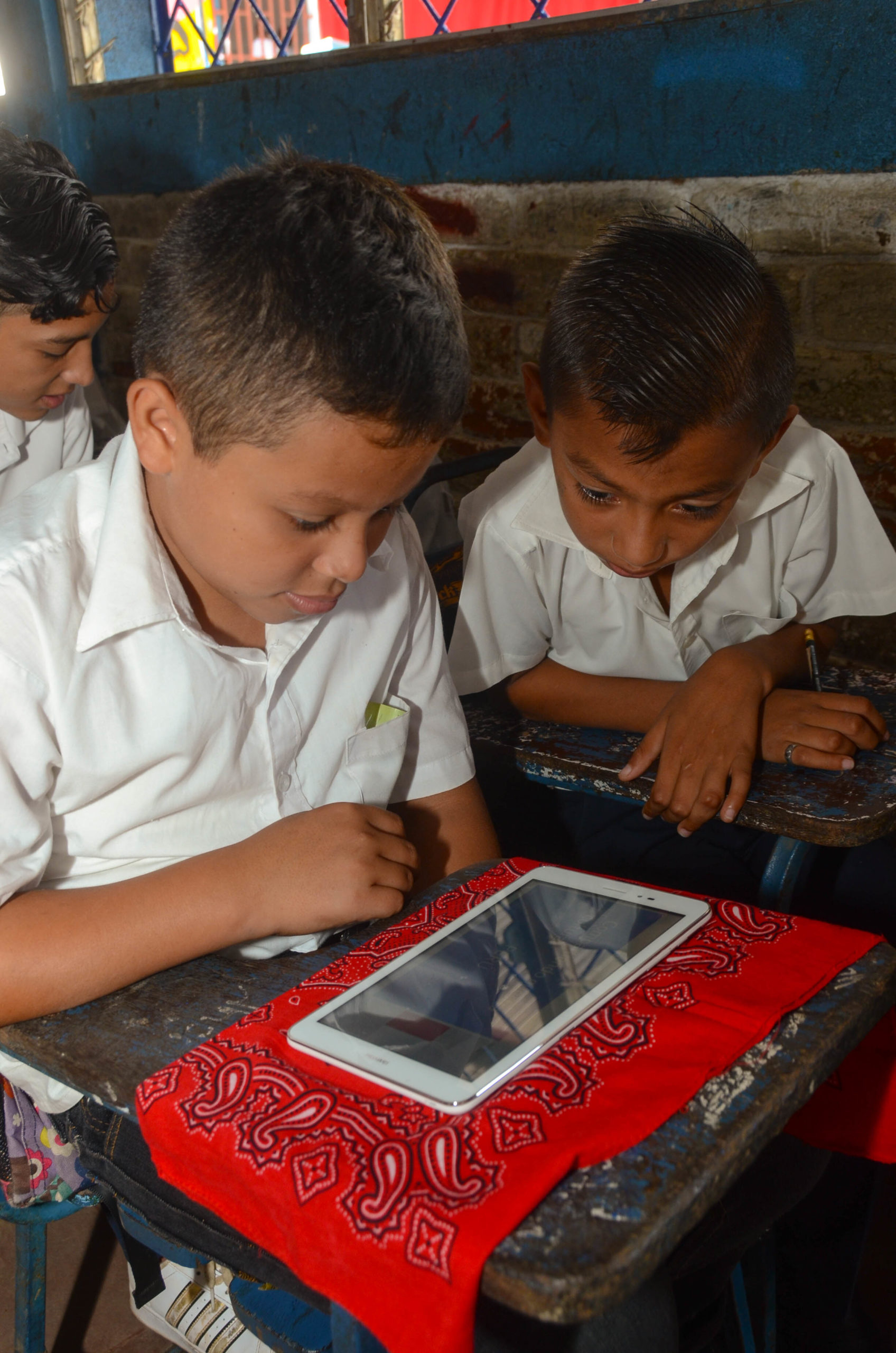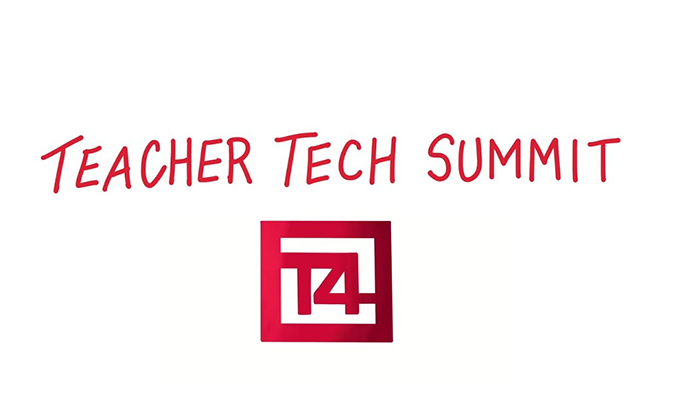The following article was originally written by Jordan Shapiro for WISE ed.review. To read the original article in English, please click here. Follow the WISE news at @WISE_en.
Technology in education is in fashion. Hardly a day goes by when we don’t read an article or have a conversation in which someone argues that “education is the only sector that has not embraced 21st century technologies”. “The world has changed” – this is how the speech goes on – “and, while every other industry has adapted, schools have not”.
It sounds convincing. The adoption of tools and technologies that help teachers have more impact on the lives of their students is beyond question. However, we must do it because it works, not because of a misunderstood obsession with progress, novelty, innovation and disruption.
Here are three questions to ask yourself before choosing technology for the classroom to ensure that educators are choosing technology for the right reasons.
1. Does it make academic content more meaningful?
It is easy to get carried away with new literacies and look for technologies that contextualise academic skills within current use cases with all the discussion about 21st century skills. However, if there is one thing we know for certain, it is that the way we use knowledge is bound to change. The dilemma is that, while it is true that we should not directly teach today’s job skills, neither can we imagine what skills will be in demand when today’s students become adults.
Fortunately, education is not about job training. On the contrary, it is the way in which civilisation exercises the upbringing and care of its children. We train our young people as reflective citizens, teaching them the social and epistemological arrangements of an increasingly global collective. Critical thinking and the ability to manage the academic languages with which we articulate ourselves are the key skills that allow us to remain flexible in a perpetually changing world.
Therefore, without losing sight of the dynamic nature of human experience, teachers, administrators and policy makers must seek technologies that provide the most meaningful learning experiences. And that is not as abstract a criterion as it seems. Just remember that all good technological implementations enable learners to be more creative. Good digital technologies in the classroom provide opportunities for students to playfully imagine how academic content could be applied to the world of their dreams.
2. Does it humanise or mechanise the classroom?
Unfortunately, in recent years, applicability has been prioritised over theory. This did not happen by chance. Privileging action over thought is the ideology of the business and corporate world. The problem is that schools that operate according to “business wisdom” is precisely the paradigm of thinking that led to the high-stakes testing procedures that currently plague the United States. Learning outcomes have become profit margins. We measure the dividends from investments in technology and infrastructure. We see children as industrial resources evaluated on the basis of their ability to acquire “job skills”. And for some strange reason, despite all the evidence to the contrary, we continue to expect that these metrics somehow correlate with thoughtful, ethical and responsible adults.
The fundamental problem is a kind of deterministic thinking, which sees causality through a metaphor of mechanisation: as if learners were machines to be programmed, modified and fine-tuned. We assess students’ ability to execute operations, so we privilege regurgitation of facts rather than the ability to make sense through metaphor in a reflective and contextualised way. We value precision more than poetry.
If our educational technologies are only intended to maintain the current paradigm of precision with greater economy and efficiency, they will make things worse. However, devices that help our students to see the fallibility of human thinking have the potential to bring a new vitality to our schools.
3. What is the implicit message?
School is ultimately a “technology of the self” (to borrow a phrase from Michel Foucault). It involves a systematic process through which we nurture individuals’ sense of agency, propriety and responsibility. School is the structure within which narratives of personal and collective identity are contextualised using the intellectual structures and academic skills we have inherited from previous generations. Digital tools have the potential to improve schools. But we need to ensure that these tools are aligned with learning outcomes that prioritise human dignity over haste, consumption and algorithmic metrics.
Let us not fool ourselves into thinking that educational technologies are neutral. Manufacturers want us to believe that tablets and computers are nothing more than tools that deliver academic content to students. But they do much more than that. There is a moral and ethical stance, an image of the good life and a narrative of the idealised self in every technological solution. Apple’s global marketing success is evidence that digital devices are not only tools with which we manipulate our environment, but also underpinnings of an interpreted identity narrative. The current crop of portable devices of all types and conditions presuppose that consumers want to blur the boundaries between ourselves and the digital tools we use.
The way we design and use tools and technologies teaches our children to make sense of the world, to think about knowledge and information, and to relate to themselves and others. Making sure that we agree in principle with the tool’s implicit message, with its vision of an ideal way of being, involves the most important questions we can ask. However, these are the questions we most often ignore.






